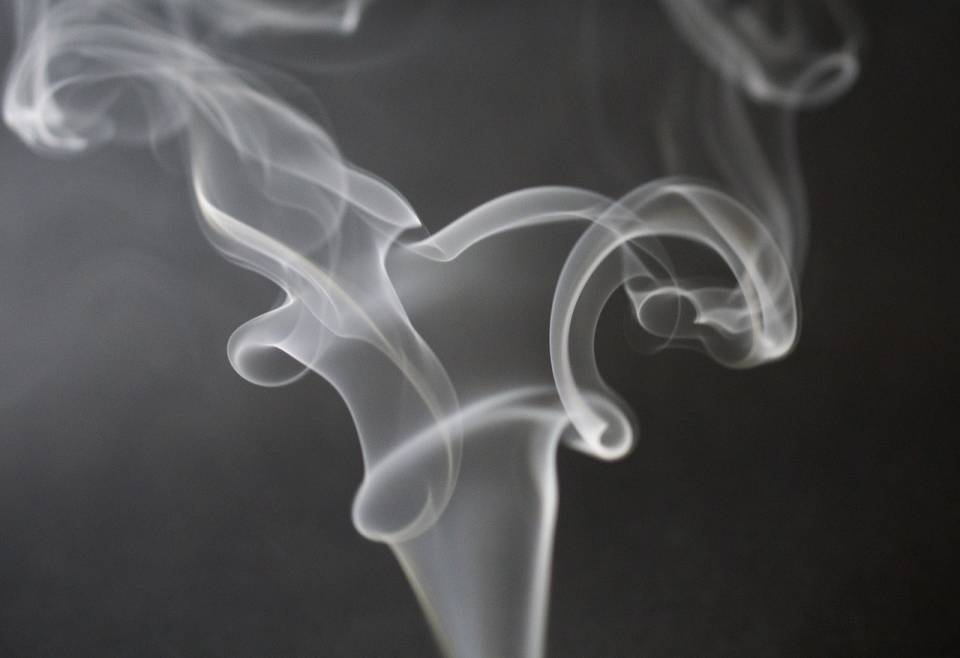Smoking is the leading cause of preventable death in our society and yet, in Spain, 1 in 4 adults smoke. To avoid this, legal regulations increasingly limit the places where smoking is permitted. In addition, taxes on this product are continuously rising, and anti-smoking campaigns are becoming more aggressive. These circumstances have favoured the emergence of new devices designed to replace conventional cigarettes. These new modern and high-tech products have gained in popularity, especially among young people. They include electronic cigarettes (EC) and partial combustion systems for tobacco ("Heat not Burn" [HnB]), also known as IQOSÒ (I Quit Ordinary Smoking).
ECs involve an electronic system comprising a charger that contains a liquid (which may or may not contain nicotine), a battery that heats the liquid and an atomiser, which transforms the hot liquid into an aerosol. In contrast, HnB devices burn tobacco, reaching high temperatures, but without getting as hot as a conventional cigarette. It has been postulated that these devices are less harmful than conventional tobacco and, therefore, might have less of an impact on health.
As they have appeared on the market so recently, there are no reliable studies that can confirm their safety or whether or not using them entails any health consequences. Even so, the Spanish Society of Pneumology and Thoracic Surgery (SEPAR) recently published an official statement with respect to ECs and IQOS.
This statement highlights two fundamental facts with regard to these devices. On the one hand, it emphasises that it is not possible to ensure the safety of inhaling the vapour or smoke that is produced when using these devices; some even contain substances that are known to be potentially harmful to health.
On the other hand, the effectiveness of these devices as an aid to quitting smoking cannot be demonstrated. In addition, in recent months, an outbreak of vape-associated lung damage has been reported in the United States, affecting very young people and in most cases causing severe lung problems.
Currently, the best way to quit smoking is through pharmacological treatment (varenicline, bupropion, or nicotine replacement therapy) along with psychological counselling. This type of treatment for quitting smoking is available in both Primary Care Centres and through a visit to the Addiction Unit at Hospital Clínic, a joint service from the pneumology and psychiatry departments.
In addition, workers at Hospital Clínic can receive help from the Occupational Health Service, which gives specific support for quitting. Both pharmacological and psychological help is provided through professionally supervised support groups.
To date, all studies conclude that this type of therapy, rather than the new electronic devices, has a much higher success rate when it comes to quitting smoking.
Authors: Dr. Jacobo Sellarés, pneumologist at Hospital Clínic, Sebastiana Quesada, occupational health nurse at Hospital Clínic.




